The men you should know if you want to learn about photography and lighting in movies
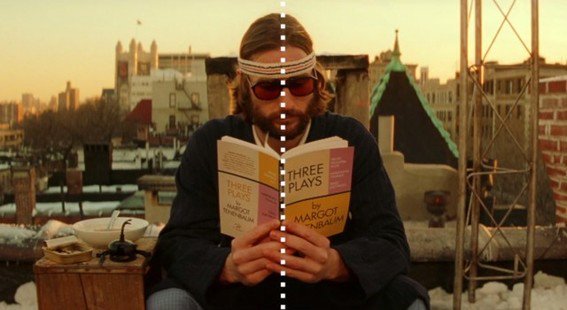
Text written by Federico Alegría
Why should we learn from the directors of photography or cinematographers? The answer is simple, and it is because they are the ones in charge of all the camera teams behind film and television productions.
Like photography, this industry has become a machinery that delivers very high quality products to your audience. Cinematographers are responsible for making all artistic and technical decisions regarding the image of the film itself. They also take care of selecting cameras, film, lenses and filters, so they have a great creative responsibility on their shoulders.
The film industry works under a very structured hierarchical system, and the director of photography usually has a fairly high rank within a production; That's why we share some of the names you need to know.
Emmanuel Lubezki
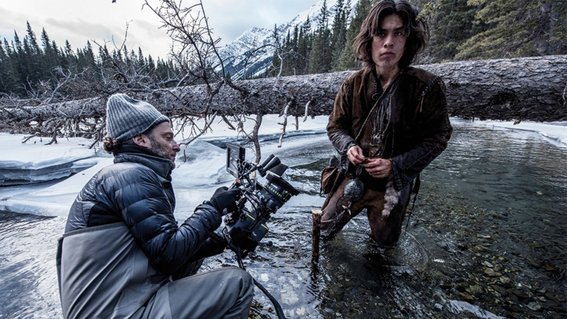
Lubezki is a genius. Three-time Oscar winner in a row. The first was for his film work in Gravity — almost rolling the film without gravity — the second was by Birdman — thanks to the skill and genius of "the goat" spectators are attacked with a film "Made in one shot", making us part Undoubted of the tape, as if it were a wonderful theater — and the third by the Revenant — filmed the film only with available natural light. The "goat" style is great. He loves to work only with wide-angle optics, which allows him to approach the characters in a wonderful way.
There are things that many photographers, especially photojournalists, can learn from their vision close to subjects with wide-angle optics. Lubezki was in charge of the cinematography of Children of Men, a great adrenaline example with which many photojournalists, street photographers and documentary photographers will feel identified. The tape has very long scenes of a single shot, with a point of view that places the viewer in the center of the action. His talent for locating the public in the middle of the action is something that is part of his style.
Gabriel Figueroa (1907 – 1997)
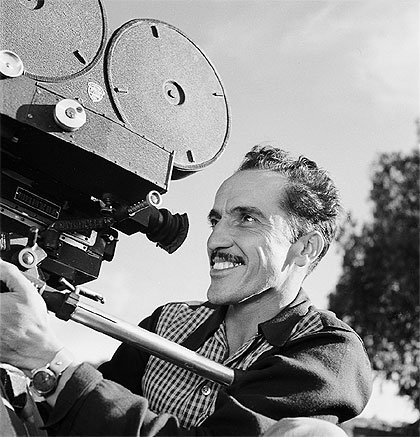
This multifaceted photographer worked for the Mexican and Hollywood cinema. His contribution to the 7th art industry included: camera operation, black and white cinematography, color cinematography, lighting direction and still photography. As his contribution was so broad and rich, we will only talk about some great aspects of three films that were directed by the great Luis Buñuel with the cinematography of Figueroa.
The Forgotten (1950): Important use of long sequences to follow the sad story that takes place in the 80 minutes of the film.
The Exterminating Angel (1962): Great use of focals and settings that involve in apsychological way the public with the drama that is gestated during the film.
Simon of the Desert (1965): Careful use of tonal contrast to enhance the skies and lights in the most striking moments of this surrealist film.
Gabriel Figueroa was very meticulous in highlighting the contrast and drama in complicated situations, as the surrealist plots supposed, thanks to a magnificent control of the lenses and lighting.
Luca Bigazzi
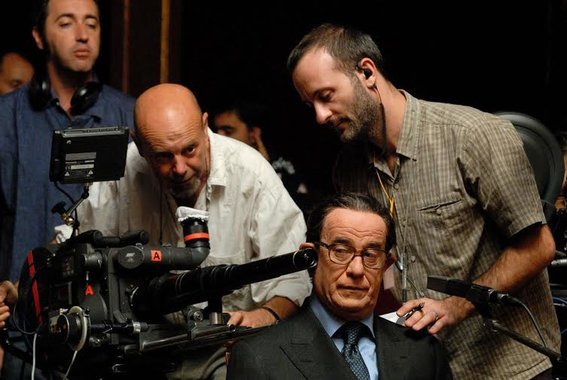
The most tangible and charming of the film The Great beauty of Paolo Sorentino is his cinematography from beginning to end. It introduces the spectator in a banal world with such great genius that there is nothing more to say about it. Bigazzi has the ability to slow down or change the rhythm of the film with its compositions and its tracking movements. We should all learn from this Italian cinematographer when it comes to innovative views that are not forced.
The geniality Luca Bigazzi lies in that he can work with so many points of view, that it doesn't matter if the scene is an overhead plane or a detail plane. Many of their settings have the ability to remain embodied in the mind. If you still do not know the work of Paolo Sorentino, we invite you to look at these two films in which both worked together: the Great Bellezza and the Giovinezza.
Chung-hoon Chung
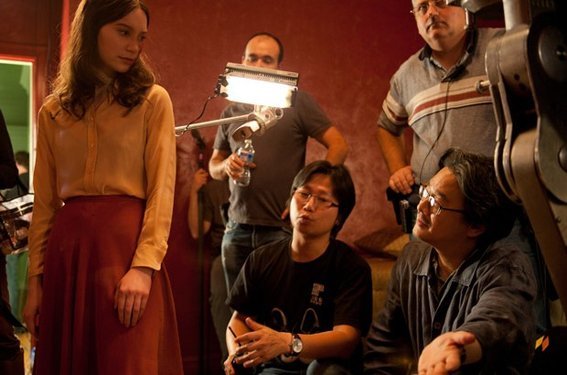
Chung-hoon Chung has the great ability to use his photography to handle the psychological aspect of the movies in which he works in an unsurpassed way. If you are a person who has a great passion for twisted concepts in photography, Chung-hoon Chung is a great teacher to study. In this compilation we can see a bit of the style that has and you are surprised to recognize some of these tapes.
Now that you know, the great directors maintain a very close bond with certain cinematographers, because they are the ones who unleash the genius behind the cameras. It's funny how they have a low profile despite the great contributions they make in this industry. So the names that we just shared are a good ace under the sleeve with which you can learn a lot about photography and lighting.
Also if they have some opinion or some topic that they would like that we publish write in the comments and they will be taken into consideration.
This is your space.
We wait for its support. Vote and share for more content.